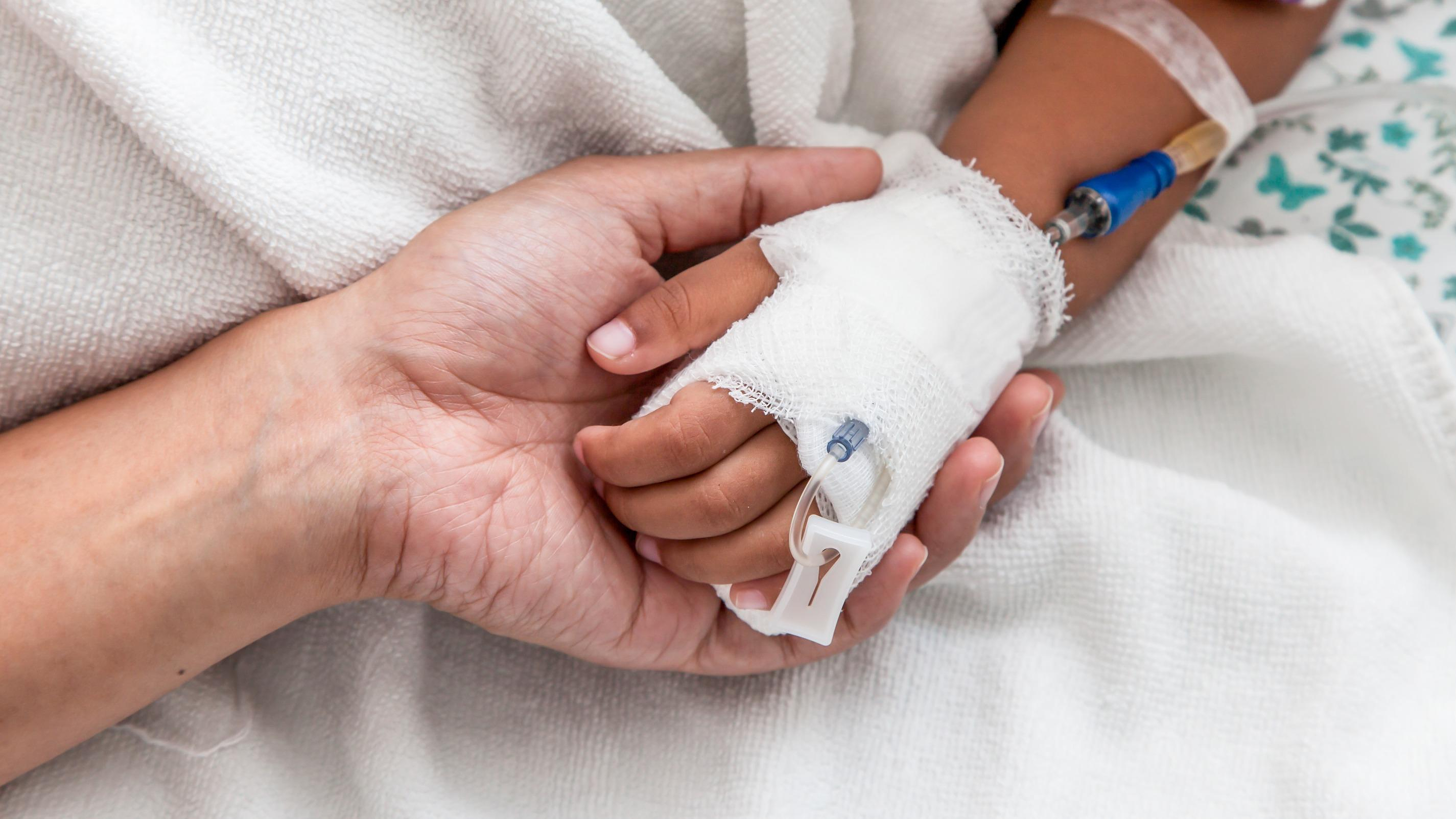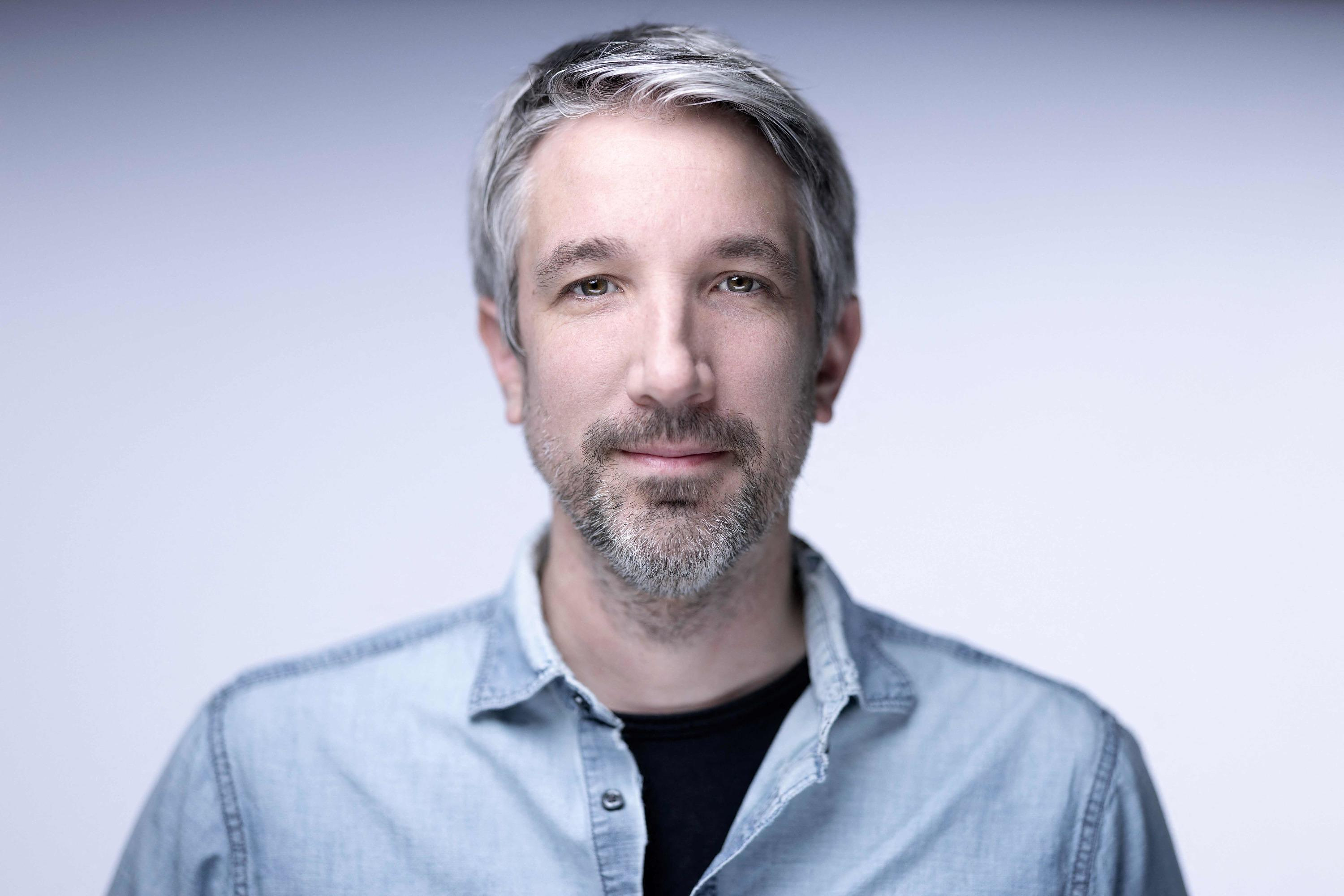Rare but fatal, infiltrative brainstem glioma is one of the most formidable forms of pediatric brain cancer. This tumor affects between 50 and 100 children and each year in France is almost always fatal. Only one child seems to defy the statistics: his cure, unique in the world, now raises great hopes for research. On the occasion of World Pediatric Cancer Day, a look back at this exceptional case.
Although the five-year survival rate for pediatric cancers now reaches 85%, infiltrating brainstem glioma is almost always fatal. Inoperable, this cancer is usually treated with radiotherapy. This sometimes helps slow down the disease but the effect is only transient. No medication has yet demonstrated its effectiveness. The progression is very rapid and the outcome is generally fatal within 9 to 12 months following the discovery of the tumor.
It is a Belgian child, Lucas, now 13 years old, who defied all predictions: diagnosed at the age of 6 with this supposedly incurable disease, he is now considered cured, his brain no longer showing any signs of the disease. tumor. “Lucas has exploded all the life counters,” his doctor, Jacques Grill, pilot of the brain tumors program in the pediatric cancer department of the Gustave-Roussy anti-cancer center, south of Paris, rejoices to AFP.
Also readCancer: hope for children
The pediatrician remembers with emotion having announced seven years ago to Lucas's parents that their son was going to die. At the time, his family came to France for treatment, where the little boy was one of the first patients to join a clinical trial to test a new drug, a targeted therapy. From the outset, Lucas responded very well to the treatment. “Over the course of the MRIs, I saw the tumor completely disappear,” says Dr. Grill, who does not dare decide to stop the medication. Until he realized, a year and a half ago, that the child himself had stopped taking it.
“I don’t know of a case like this in the world,” confides the doctor, whose team began research into this cancer around fifteen years ago. It remains to be understood why Lucas recovered and how his medical case could bring hope to hundreds of young people in the future. Around ten other children included in the same clinical trial saw their life expectancy exceed statistics and are still alive several years after diagnosis but their cancer has not completely disappeared.
An increased life expectancy undoubtedly due to “biological particularities of their tumor”, explaining their better response to treatment than other patients under the same therapy, underlines Dr Grill. “Lucas' tumor had an extremely rare mutation and we believe that it was this mutation that made his tumor cells much more sensitive to the drug,” adds the pediatrician, also a researcher at Inserm. In an ongoing trial (Biomède), which compares the drug received by Lucas to a promising new treatment, Gustave-Roussy researchers are not only studying the genetic abnormalities of the tumors of all patients but are also making tumor organoids (3D copies of the patient tumors carried out in the laboratory) to understand their biology and their sensitivity to drugs
“The case of Lucas opens up real hope: we will try to reproduce in vitro the alterations that we have identified in his cells,” Marie-Anne Debily, teacher-researcher supervising this work, explains to AFP. Concretely, the medical teams want to discover if the DNA alterations that Lucas presented, once “reproduced” in other patients, also result in a reduction in their tumor. If this is the case, “the next step will be to find the drug having the same effect on the tumor cells as these cellular modifications,” indicates Marie-Anne Debily.
Enthusiastic about this new “therapeutic avenue”, doctors warn however that it will take years before finding a possible curative treatment. “It takes on average 10 or 15 years between the track and the drug, it’s long-term work,” recalls Jacques Grill.

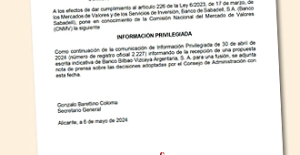 Sabadell rejects the merger with BBVA and will fight to remain alone
Sabadell rejects the merger with BBVA and will fight to remain alone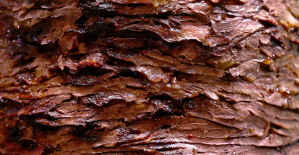 In Germany, the far left wants to cap the price of “doner kebabs”
In Germany, the far left wants to cap the price of “doner kebabs” Israel-Hamas war: Gaza between hope of truce and fear of Israeli offensive in the South
Israel-Hamas war: Gaza between hope of truce and fear of Israeli offensive in the South “Mom, Dad, please don’t die”: in the United States, a nine-year-old child saves the lives of his parents injured in a tornado
“Mom, Dad, please don’t die”: in the United States, a nine-year-old child saves the lives of his parents injured in a tornado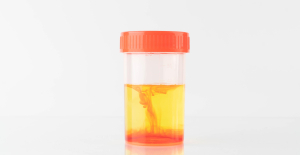 The presence of blood in the urine, a warning sign of bladder cancer
The presence of blood in the urine, a warning sign of bladder cancer A baby whose mother smoked during pregnancy will age more quickly
A baby whose mother smoked during pregnancy will age more quickly The euro zone economy grows in April at its best pace in almost a year but inflationary pressure increases
The euro zone economy grows in April at its best pace in almost a year but inflationary pressure increases Children born thanks to PMA do not have more cancers than others
Children born thanks to PMA do not have more cancers than others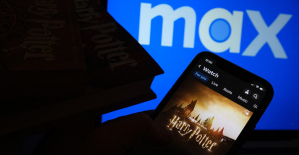 “House of the Dragon”, “Succession”… Max, the new streaming platform from HBO and Discovery, launched in France on June 11
“House of the Dragon”, “Succession”… Max, the new streaming platform from HBO and Discovery, launched in France on June 11 The A13 motorway will finally reopen this Friday, in one direction only
The A13 motorway will finally reopen this Friday, in one direction only TNT commission of inquiry: tensions between LFI deputies and Macronists before the vote on the report
TNT commission of inquiry: tensions between LFI deputies and Macronists before the vote on the report Apple unveils a new, more efficient iPad range
Apple unveils a new, more efficient iPad range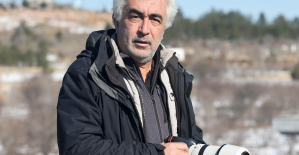 The Gaza War invites itself to the 2024 Pulitzer Prizes
The Gaza War invites itself to the 2024 Pulitzer Prizes Judith Godrèche presents a short film on sexual violence in Cannes
Judith Godrèche presents a short film on sexual violence in Cannes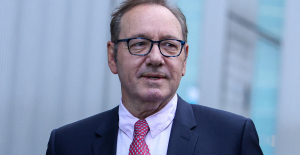 Kevin Spacey: new trial in sight in London for the American actor, for sexual assault
Kevin Spacey: new trial in sight in London for the American actor, for sexual assault Taylor Swift fans make London pub Black Dog their new place of pilgrimage
Taylor Swift fans make London pub Black Dog their new place of pilgrimage Omoda 7, another Chinese car that could be manufactured in Spain
Omoda 7, another Chinese car that could be manufactured in Spain BYD chooses CA Auto Bank as financial partner in Spain
BYD chooses CA Auto Bank as financial partner in Spain Tesla and Baidu sign key agreement to boost development of autonomous driving
Tesla and Baidu sign key agreement to boost development of autonomous driving Skoda Kodiaq 2024: a 'beast' plug-in hybrid SUV
Skoda Kodiaq 2024: a 'beast' plug-in hybrid SUV The home mortgage firm rises 3.8% in February and the average interest moderates to 3.33%
The home mortgage firm rises 3.8% in February and the average interest moderates to 3.33% This is how housing prices have changed in Spain in the last decade
This is how housing prices have changed in Spain in the last decade The home mortgage firm drops 10% in January and interest soars to 3.46%
The home mortgage firm drops 10% in January and interest soars to 3.46% The jewel of the Rocío de Nagüeles urbanization: a dream villa in Marbella
The jewel of the Rocío de Nagüeles urbanization: a dream villa in Marbella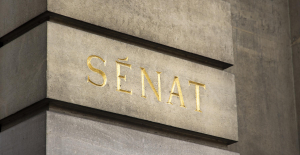 Institutions: senators want to restore the accumulation of mandates and put an end to the automatic presence of ex-presidents on the Constitutional Council
Institutions: senators want to restore the accumulation of mandates and put an end to the automatic presence of ex-presidents on the Constitutional Council Europeans: David Lisnard expresses his “essential and vital” support for François-Xavier Bellamy
Europeans: David Lisnard expresses his “essential and vital” support for François-Xavier Bellamy Facing Jordan Bardella, the popularity match turns to Gabriel Attal’s advantage
Facing Jordan Bardella, the popularity match turns to Gabriel Attal’s advantage Europeans: a senior official on the National Rally list
Europeans: a senior official on the National Rally list These French cities that will boycott the World Cup in Qatar
These French cities that will boycott the World Cup in Qatar “The future is for us”: “disappointed” and “proud” at the same time, Al-Khelaïfi sees the glass half full after the elimination of PSG
“The future is for us”: “disappointed” and “proud” at the same time, Al-Khelaïfi sees the glass half full after the elimination of PSG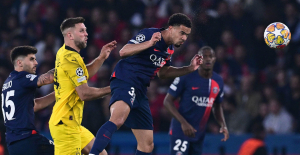 PSG: “Since January, these have not been my best matches,” agrees Zaire-Emery, who promises to “come back stronger”
PSG: “Since January, these have not been my best matches,” agrees Zaire-Emery, who promises to “come back stronger”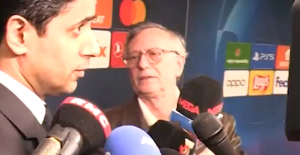 “What is this question, honestly?” : Nasser Al-Khelaïfi (very) annoyed after PSG-Dortmund
“What is this question, honestly?” : Nasser Al-Khelaïfi (very) annoyed after PSG-Dortmund “I am the guy who has to score the goals”: Mbappé does not hide and assumes responsibility after PSG’s exit
“I am the guy who has to score the goals”: Mbappé does not hide and assumes responsibility after PSG’s exit